When you have a brand new beginner piano student, what do you do? Do you crack open a method book and start working through the book from the very first lesson?
Or do you encourage your students to be creative? Inspire them to explore the piano and make music. A fantastic way to do just this is with my No Book Beginners (NBB) Framework.
But after those initial lessons, when a student is ready to start a method book, how do you continue inspiring creativity?
Table Of Contents:
While there are lots of books on the market, I’d encourage you to base your teaching on one that includes:
My recommendation for teaching beginner children to read after using my NBB Framework is Piano Safari which you can learn more about in Podcast Episode 71: Exploring Piano Safari where I interview the authors, Dr Julie Knerr and Katherine Fisher.
Piano Safari ticks all the above boxes and uses a similar approach to NBB in the creative way in which teachers are encouraged to use it.
PS. Piano Safari is also now distributed in Australia and Inner Circle members get a 10% discount on all Piano Safari purchases. Find out more about membership here.
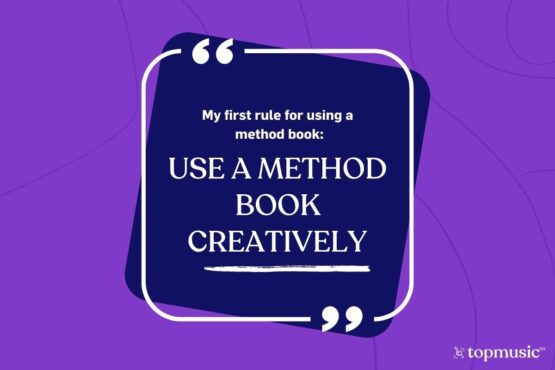
My first rule for using a method book is: use a piano method book creatively.
Just because it says to do something, you don’t have to do it and once a piece is learnt, that’s often when the fun begins!
Just as exams are only a small part of piano teaching, the method book is just one tool that we can use for teaching.
If students are really enjoying exploring something or have started composing things, go with it. Feel free to explore and always be 100% supportive of their creations.
Never cut students down when they’ve composed something, no matter how “bad” or “simple” it is. Encourage and support. Positivity trumps everything.
Relish in deviations. Don’t rush.
Always start lessons with something creative. Resist the temptation to open the book right away. Doing something away from the tutor book turns on students’ ears, gets them focussed, gets them thinking musically and increases engagement.
Related: 20 Creative Ways to Start a Lesson
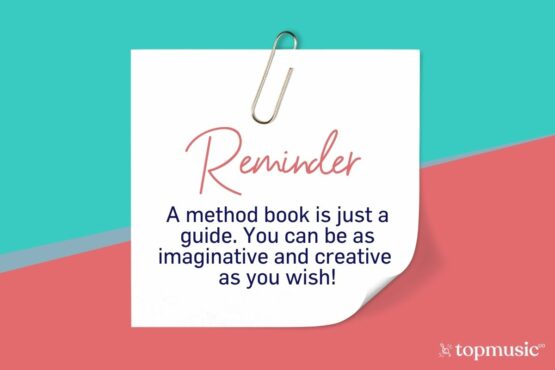
Here are some ideas to get you thinking about starting new pieces.
You might not follow all these tasks with every piece, but they give you some idea of a comprehensive way in which you can teach a piece that connects the eye with the ear and body, rhythm with beat and involves preparing the student thoroughly for any new challenges coming up.
These steps are based on Music Learning Theory, Orff, Suzuki and Kodaly.
While this seems really arduous and comprehensive, it is vitally important to instil these skills from the beginning. If students get into these habits from the beginning, they’re going to be much better prepared down the track to tackle more challenging repertoire.
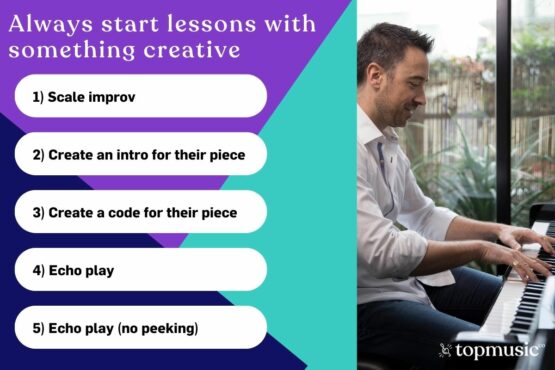
Remember that once the piece is learnt, you can get even more creative!
Your student can then start exploring:
When a new rhythm is introduced:
Explore composition in each lesson, based on elements in their reading pieces. Could your student come up with a story that tells about the:
These are just some of the ways you can continue to be creative while using the method book.
Remember, the book is just a guide. You can be as imaginative and creative as you wish!
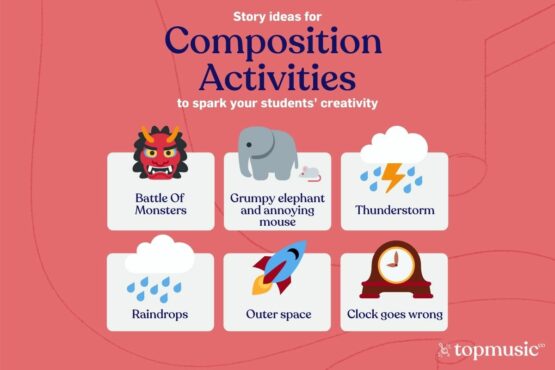
I hope this has given you some ideas about how to get more creative in your approach to teaching with a method book.
I’ll finish with a more general list of things to consider in your beginner teaching.
Let me know what you think!
Have fun!
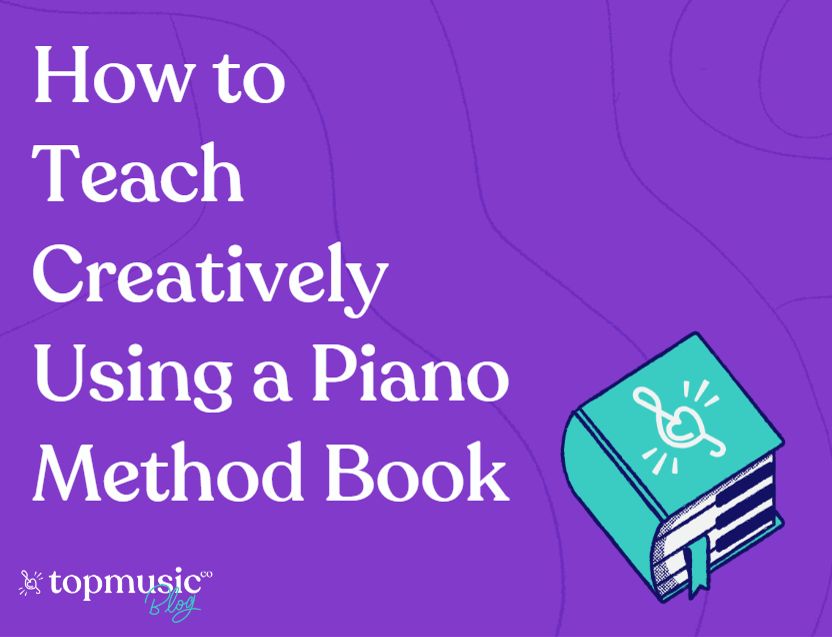
Anna says:
I just wanted to say that I’m quite impressed with this and all the other posts I’ve read since subscribing! As a pianist trying to prepare myself to give effective lessons to children, I’ve found this information helpful. I’ve learned quite a bit myself, too!
Kate Daniels says:
Hello Tim! I was hoping you might have some method book recommendations for “older kids”. I have a 10 year old boy that is just starting out with piano. We’ve done about 8 weeks of lessons ( creatively, thanks to you and your work!) and Piano Safari seems a little to “kiddish” for him; though I’ve found it fits perfectly with 5-8 year olds. Do you use anything else besides Piano Safari, or has it worked out for the 9/10 year olds that you teach?
Thank you for your time in advance!
Tim Topham says:
I agree that 10 year old is pushing it for PS. I’d suggest checking out Piano Pronto’s new teen method and also Supersonic’s piano method – both are designed for older ages.
Kate Daniels says:
Awesome! I’ll look at both of those options. Much appreciated! Thank you , Tim.
Kara says:
Hi Tim,
Thank you for this! I LOVE these suggestions and will begin implementing them right away!
One question: When you suggest incorporating writing music from the beginning (something I have failed to do and regret), how do you base the experience off their pieces? Do you use a piece as inspiration for building an original composition or do you copy parts of the piece…?
Thank you!!
Tim Topham says:
Good question, Kara. I’d do it as part of patterns/elements in the piece. Check out my podcast about using my “elements and activities” sheet based on Simultaneous Learning to get some ideas: https://topmusic.co/category/podcast/